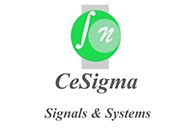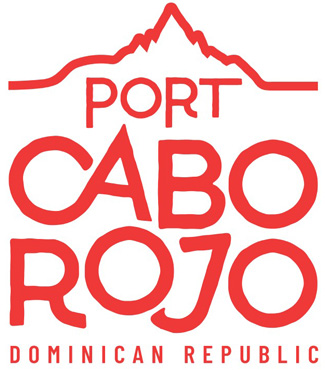COMING SOON

Humpback Whale World Congress
The Humpback Whale World Congress aims to advance scientific inquiry and conservation efforts on the humpback whale in their feeding ground, their breeding site and in their migration path. The congress will bring together researchers, scientists and organizations working in the various fields of research and conservation, promoting the exchange of expertise and partnerships.
The various scientific topics that will be addressed during the conference :
Basic and applied research :
anatomy, biology, ecology, ethology, population dynamics, engineering science, economy, history, whaling, research methods, data, collection and storage protocol, analysis assistance software and tools
Management and conservation :
management measures, creation and management of Marine Protected Areas, national legislation, regional agreements, national biodiversity action plans.
Sustainable economic development :
control measures for human activity impact, climate change, the role of citizen science, alternatives to natural resources use.
Artistic expressions :
art performance (paintings, musics, writing, …) inspired by cetaceans, their protection and the conservation of their environment.
direct and indirect economic activities for local communities, environmental education, income-generating activities associated to the presence of whales in coastal areas.
International collaboration :
workshops, conservation-based partnerships, capacity building.

Born from a festival
The HWWC was born in 2015 in sainte-marie (Madagascar) throughout the whale festival. Its origin makes it stand out, as it is inclusive and tries to create a link between scientists, policy makers, students, tourism operators, marine actors, private and public institutions, and non-profiteering organizations. It aims to be a model for developing a new way of dealing with this type of event. The HWWC helps to create links, share experiences and build common projects.
The places where these congresses are organized must have a special atmosphere, where you can feel the presence of humpback whales. This is why the congress is always held during the humpback whale season, so that you can observe these fascinating animals and remember why the congress is being held.

Actors from all over the world
Humpback whales are present in all oceans, and so are the people who work on them. Speakers from all corners of the globe will come to present their work and share information with the whole community. This congress will present the advances in scientific research on this species, as well as testimonies of respectful whale watching practices for a sustainable economy.

Giving a voice to the new generation
Students are central to the constitution of this congress. One of the main objectives of the HWWC is to enable them to present work that is recognised as high quality by an international scientific board, to benefit from expert advice in each theme for the pursuit of their research, and to build a broad network among the actors working in the field. The congress is intended to be a springboard for these talented young people, who will form the next generation of researchers.

Workshops for international cooperation : Move forward together
In addition to the scientific presentations, workshops are held to develop collective intelligence among stakeholders, to improve analysis techniques, to propose effective and appropriate conservation measures and to forge international cooperation.

Dominican Republic, a model for humpback whale conservation
Among the Caribbean islands classified as global hot spots of terrestrial and marine biodiversity, there are three main groups of islands between the North and South America: the Northern Caribbean (Bahamas and Turks and Caicos Islands), the Lesser Antilles, and the Greater Antilles (Puerto Rico, Jamaica, Cuba, and Hispaniola, which includes the Dominican Republic and Haiti).
A large majority of the humpback whales population from the North Atlantic migrate to the Dominican Republic and Puerto Rico each year to breed (Smith et al., 1999; Fleming and Jackson, 2011). In the Dominican Republic, from early January, they can be observed mainly in the Silver Bank, Navidad Bank and Samana Bay areas, with higher densities in February and early March, then tapering off until early April (Balcomb and Nichols, 1982; Whitehead and Moore, 1982; Mattila et al., 1994, Clapham and Mead, 1999; Smith et al., 1999, Stevick et al, 2018).
The Dominican Republic declared the Silver Bank (Banco de la Plata) area as a « National Sanctuary » in 1986, making it the first protected area in the North Atlantic region for humpback whales and other fragile or threatened species.
This congress will highlight the role and importance of Marine Protected Areas, and will pay tribute to Idelisa Bonelly di Calventi, world-renowned ambassador for the Conservation of the Marine Environment and its Biodiversity, founder of the Marine Biology Research Centre in the Dominican Republic and of the Dominican Foundation for Marine Studies (FUNDEMAR), and one of the most important defenders of the welfare of humpback whales.
























